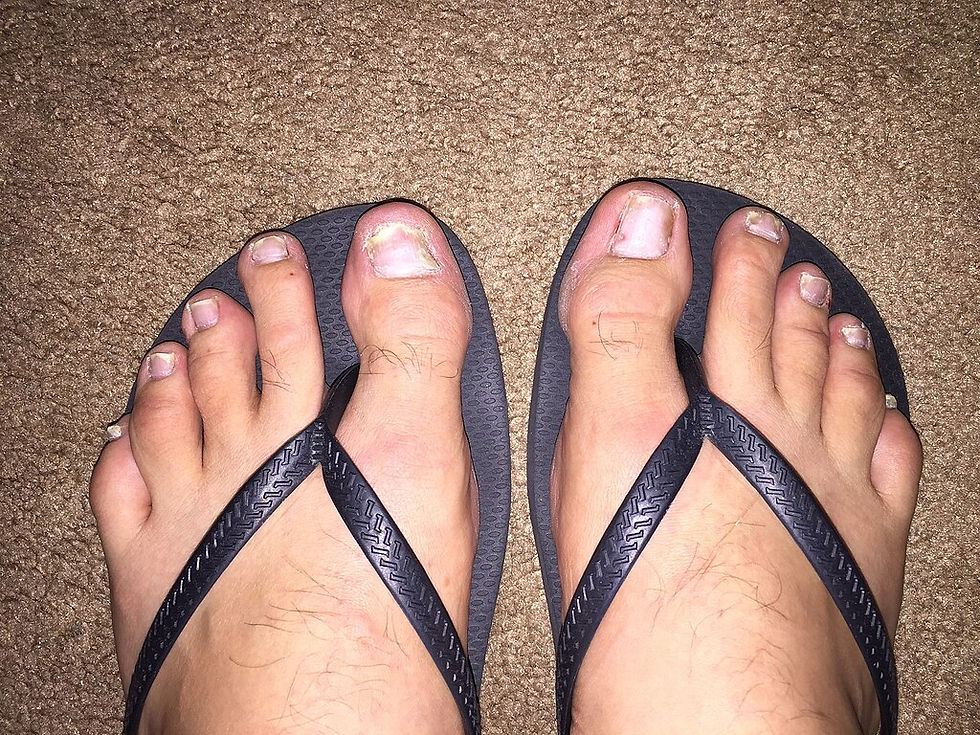Two studies describe how the inflammatory response in psoriasis may trigger heart disease
- by Dimitrios Koutsomitis Assistant Editor
- Feb 28, 2017
- 3 min read
Researchers from Case Western Reserve University School of Medicine in Cleveland have conducted two studies describing how inflammatory response in psoriasis can impact levels of several immune system molecules, ultimately increasing a person’s risk of thrombosis.
“We wanted to pursue the mechanisms by which skin inflammation contributes to cardiovascular disease,” said Nicole Ward, PhD, associate professor of dermatology at Case Western. “In multiple mouse models, we showed removing IL-6 reduced cardiovascular risk, but did not get rid of psoriasis unless combined with other interventions.”
In clinical trials, blocking of interleukin 6 (IL-6) has not been successful. Inhibitors of IL-6 have shown little consistency in improving skin, and in some cases, have caused spontaneous psoriasis in people who were never previously diagnosed. “Eliminating this one molecule just isn’t good enough,” said Dr. Ward, who was quoted in a press release.
In a recent study published online on Dec. 8, 2016, in the Journal of Clinical Investigation Insight, Dr. Ward and colleagues focused their attention on myeloid-related protein 14 (MRP14), a protein that has been used to predict heart attack risk in certain populations. People with autoimmune diseases such as psoriasis have high levels of MRP14 in their blood, with the gene encoding this protein located near psoriasis genes.
Blocking IL-23 and IL-17 decreased skin-derived IL-6 in MRP14-deficient psoriasis mice and reversed thrombosis
In this study, Dr. Ward and colleagues hypothesized that MRP14 could be playing a role in skin inflammation and cardiovascular disease in psoriasis patients. During the investigation, the researchers deleted the gene encoding MRP14 in mice models with psoriasis to determine if doing so would decrease thrombosis.
During the investigation, the researchers used mice with psoriasis to delete the gene encoding MRP14 in hopes that doing so would decrease thrombosis.
“The disappointing result was that after two years of work, it had no effect on skin inflammation or cardiovascular comorbidities,” said Dr. Ward. “The MRP14-deficient psoriasis mice were completely the same as the regular psoriasis mice—they all had similar levels of skin inflammation and thrombosis.”
The findings showed that the mice still had high levels of IL-6, along with two other pro-inflammatory molecules, interleukin-23 (IL-23) and interleukin-17 (IL-17). Dr. Ward suggests that these two molecules could be part of a “workaround” mechanism in the mice that compensated for a lack of MRP14 and sustained skin inflammation.
“IL-23 and IL-17 are the targets for all the newest psoriasis drugs,” said Dr. Ward. When these two molecules were blocked in the genetically modified mice, both skin inflammation and thrombosis vanished, and the levels of IL-6 decreased. “We discovered that blocking IL-23 and IL-17 decreased skin-derived IL-6 in MRP14-deficient psoriasis mice and reversed the thrombosis,” added Dr. Ward.
Immune molecules impacted by the deletion of IL-6 in psoriasis identified
In a second study, published in the Journal of Investigative Dermatology (Mar. 2017; 137(3):696–705), the researchers identified several immune molecules impacted by the deletion of IL-6 in psoriasis.
“We were surprised to see compensatory increases in other pro-inflammatory molecules that we know are critically involved in sustaining skin inflammation. It is possible that these factors also increase in psoriasis patient skin and explain why they do not respond clinically to IL-6 blockade,” said Dr. Ward.
Similar to past experiments conducted by Dr. Ward, the immune system in mice without IL-6 used a compensatory method of sustaining psoriasis-like skin inflammation. The mice with the gene deletion of IL-6 still had psoriasis, just like the patients in the clinical trials.
The team had successfully separated psoriasis and cardiovascular disease outcomes. Dr. Ward noted that while blocking IL-6 may not prevent psoriasis on its own, IL-6 levels are central to thrombosis events triggered by skin inflammation. These findings may also help explain how alternative immune system molecules could circumvent certain psoriasis treatments.
“Not everything works all the time in science,” said Dr. Ward. “You have to dig deep and find something interesting from the experiments that don’t work out the way you want them to.”
Discovering the interaction between IL-6 with blood and vessel wall compartments in thrombosis is the next step for researchers. This is expected to help further future experiments in finding new treatments to lower cardiovascular diseases in people living with psoriasis.



Comments